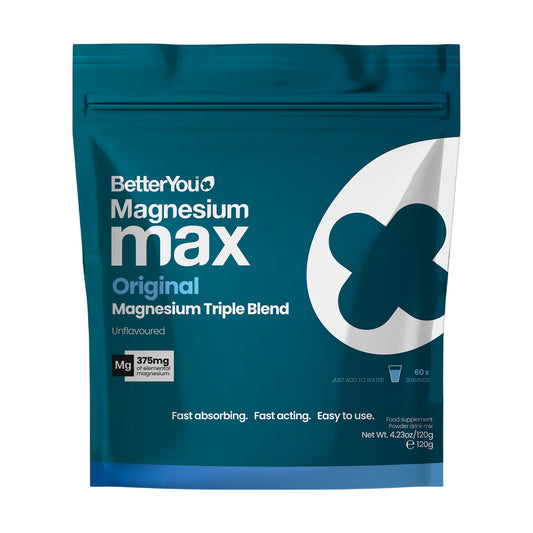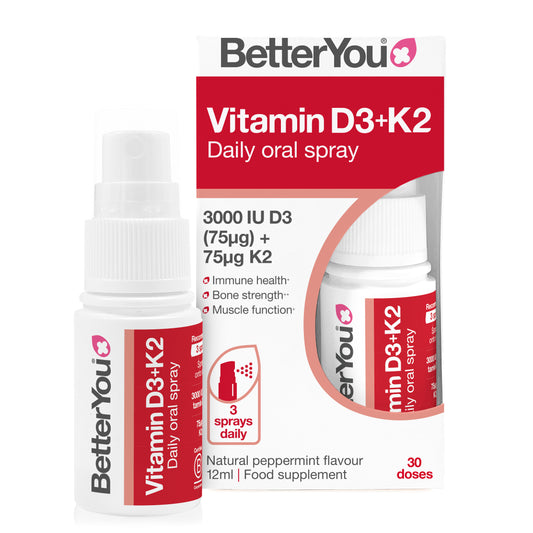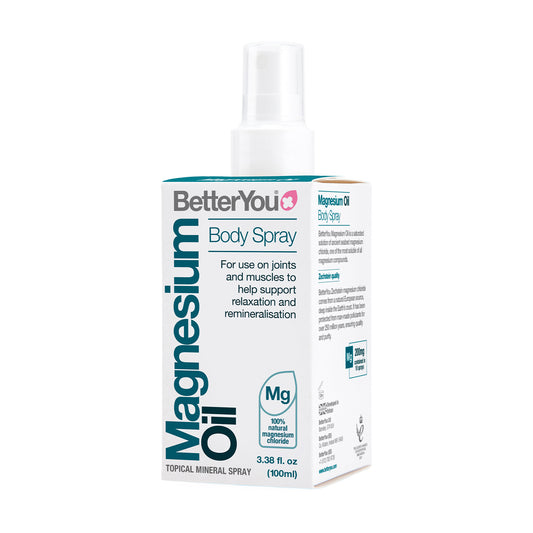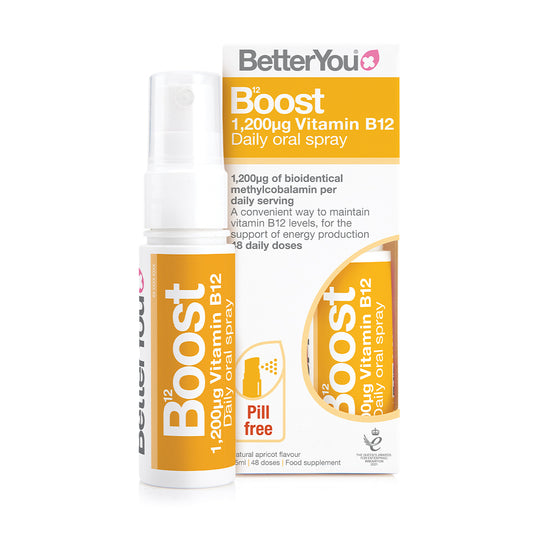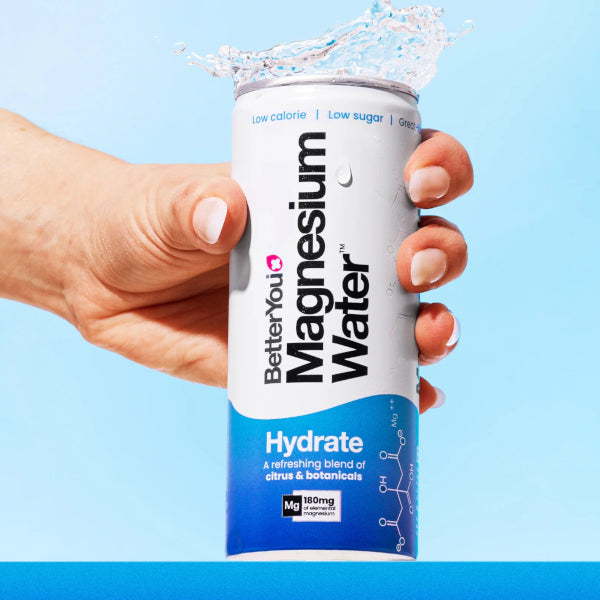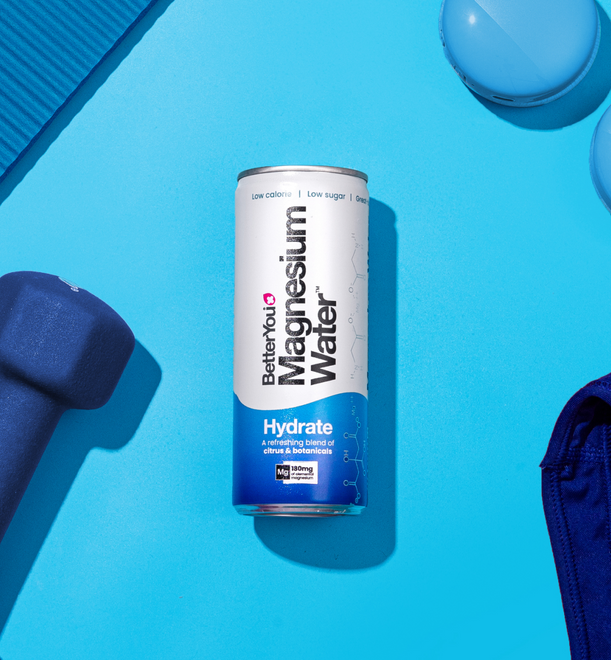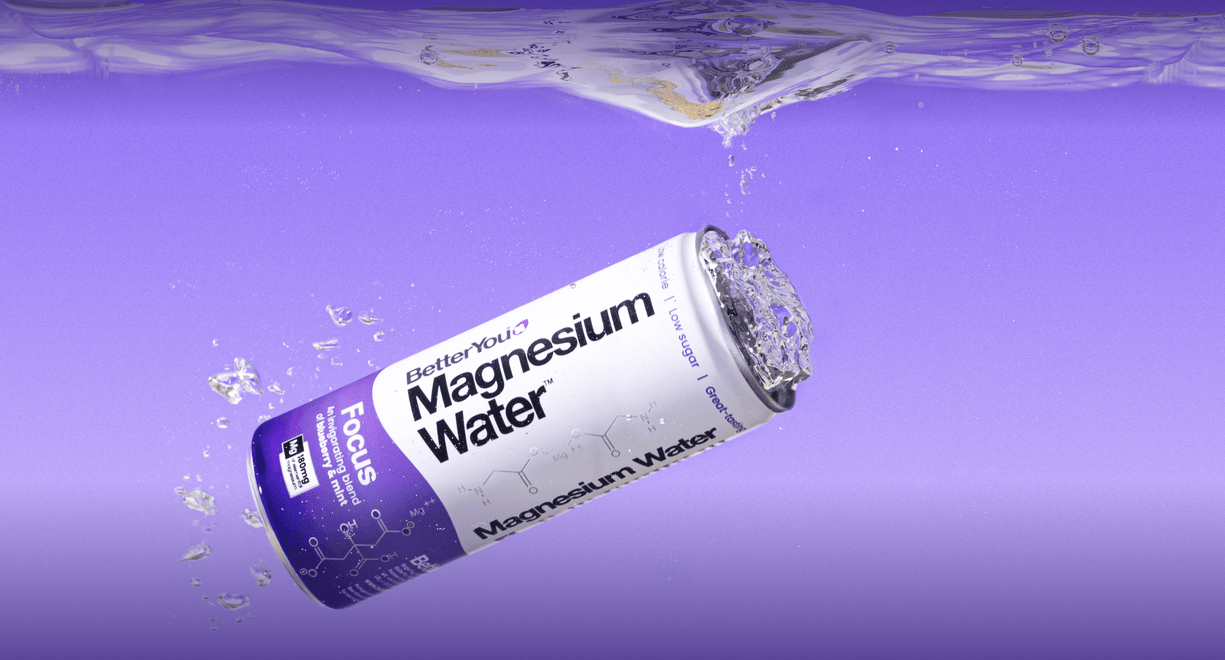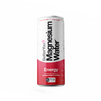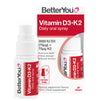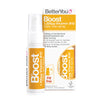Nutrient reference values (NRVs) indicate the levels of vitamins and minerals needed to avoid deficiency. Our guide walks you through NRVs, their importance, the required daily dosage of each vitamin and mineral, and how you can boost your levels easily.
What Does NRV Mean?
NRV stands for ‘nutrient reference value.’ NRVs are the daily level intake guidance for vitamins and minerals. The guidance is for how much of each of the nutrients a healthy person needs to avoid vitamin and mineral deficiencies. The recommended nutrient reference values differ from country to country, this is due to different climates, diets, and lifestyles. For example Australia’s NRV for Vitamin D is a lot lower than the UK’s due to their climate. Whereas the UK does not receive enough sun to produce the optimum levels of this vitamin type in our skin, so Vitamin D supplements are recommended.
Vitamin Nutritional Reference Value Chart
In the UK, the recommended nutrient reference values for types of vitamins in order to maintain healthy bones, skin, muscles, and immune system in adults are as follows.
Water-Soluble Vitamins
|
Vitamin |
Nutrient Reference Value (NRV) |
|
Vitamin B1 |
1.1mg |
|
Vitamin B2 |
1.4mg |
|
Vitamin B3 |
16mg |
|
Vitamin B6 |
1.4mg |
|
Vitamin B12 |
2.5µg |
|
Folic Acid |
200µg |
|
Vitamin C |
80mg |
Fat-Soluble Vitamins
|
Vitamin |
Nutrient Reference Value (NRV) |
|
Vitamin A |
800µg |
|
Vitamin D |
5µg |
|
Vitamin E |
12mg |
|
Vitamin K |
75µg |
Mineral Nutritional Reference Value Chart
In addition to vitamins, minerals also have nutritional reference values.
|
Mineral |
Nutrient Reference Value (NRV) |
|
Magnesium |
375mg |
|
Iron |
14mg |
|
Selenium |
55µg |
|
Zinc |
10mg |
|
Calcium |
800mg |
|
Fluoride |
3.5mg |
|
Iodine |
150µg |
|
Phosphorus |
700mg |
|
Potassium |
2000mg |
|
Sodium |
2.4g |
The Importance of Nutrient Reference Values
Our bodies require certain levels of vitamins and minerals to function effectively. From our immune system to sleep, these nutrients impact almost every aspect of our health. Ensuring we maintain the right NRV each day can help us experience the benefits of vitamins and minerals.
Meaning of NRV Percentages
Food and supplements have nutrient reference value information on the side of their packaging. These tables indicate what percentage of your NRV that particular item will provide you with when ingested in certain quantities. For example our multivitamins provide a breakdown of each individual nutrient, their measured quantity per dose, and the percentage this is of your daily nutrient reference value.
Why are Some NRV Percentages Higher Than the Amount Needed?
Whilst nutritional reference values are provided to prevent deficiencies, they are the absolute minimum your body requires. For this reason, many food supplements will have a higher percentage of the given nutrient in them than is recommended by NRVs. We are all also different, in age, sex, weight, genes, and lifestyle, meaning we all need different levels of vitamins and minerals.
Why Some Vitamins Have Less than 100% NRV
As well as recommended daily nutrient reference values, a few vitamins and minerals, such as zinc, have safe upper limits (UL). ULs advise the level of intake of which you should not exceed on a daily basis. Many multivitamins take this into account to avoid excess in vitamin stacking, by putting less than 100% of your NRV in each dose.
How are Daily Intakes Worked Out?
Nutrient reference values are decided upon by the government of each individual country. It’s important that when working out how to reach optimum NRV levels that you follow your own country’s guidance. This is because the difference in climates and diets can affect your need to supplement.
Reaching Your Daily Nutrient Goals with BetterYou
Achieving your recommended daily nutrient reference values is easily done with BetterYou. Our range of oral spray vitamins and minerals are designed to make supplementation effortless.
Each of our sprays, from our Vitamin B supplements, to our Vitamin K supplements have clear guidance on what percentage they contribute to your daily NRV. With a few fuss-free pumps of Vitamin C supplements you’ll be fighting deficiencies in seconds.
Our magnesium supplements are transdermal. This means that they absorb through the skin in nourishing formulations of magnesium bath flakes or lotions. Topical magnesium has no upper limit so you can apply as much as you like to your skin.
What’s the Difference Between RDA and NRV?
Recommended daily allowance, otherwise known as RDAs, was the old system for measuring the quantity of nutrients we should take. Therefore RDAs and NRVs are the same.
How to Know If You’re Reaching Your NRVs Each Day
Calculating if you’re getting the optimal levels of nutrient reference value from diet alone can be difficult to work out. But with adults and kids’ supplements you can easily see the percentage they contribute to your NRV each day. If you’re concerned about your vitamin levels, our at-home health test kits can help you identify deficiencies and put you on track to amending them.


